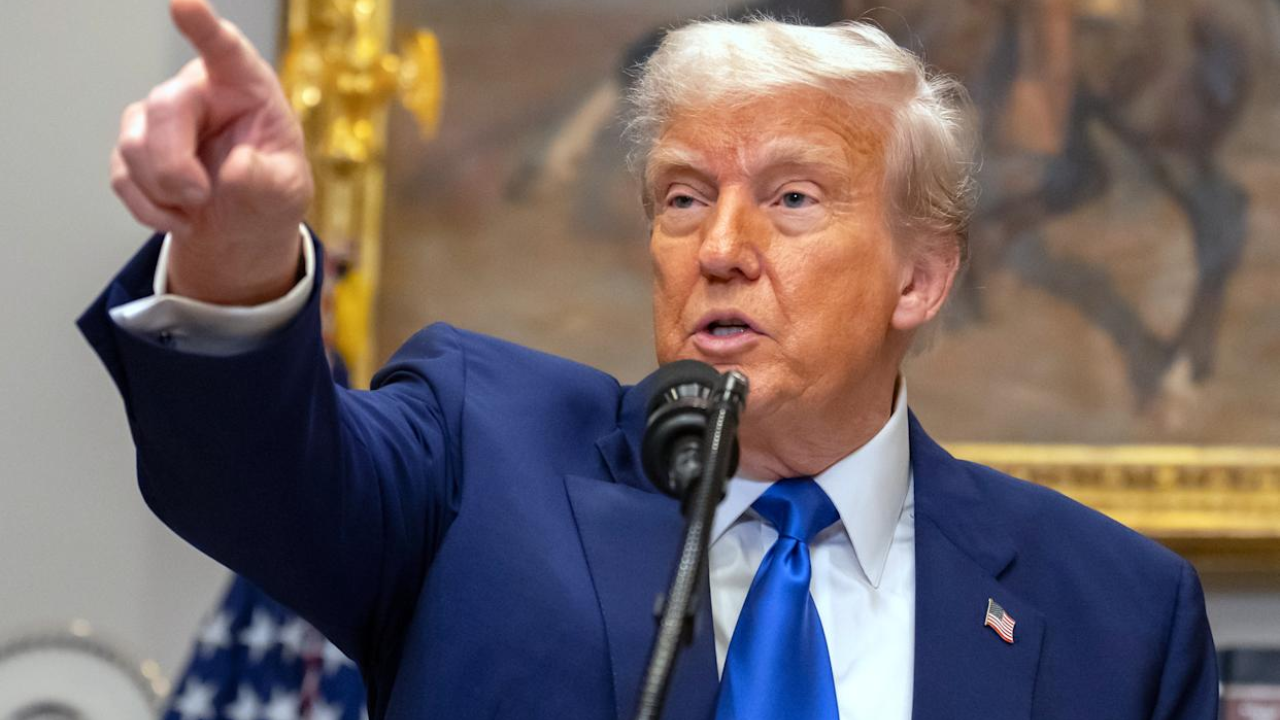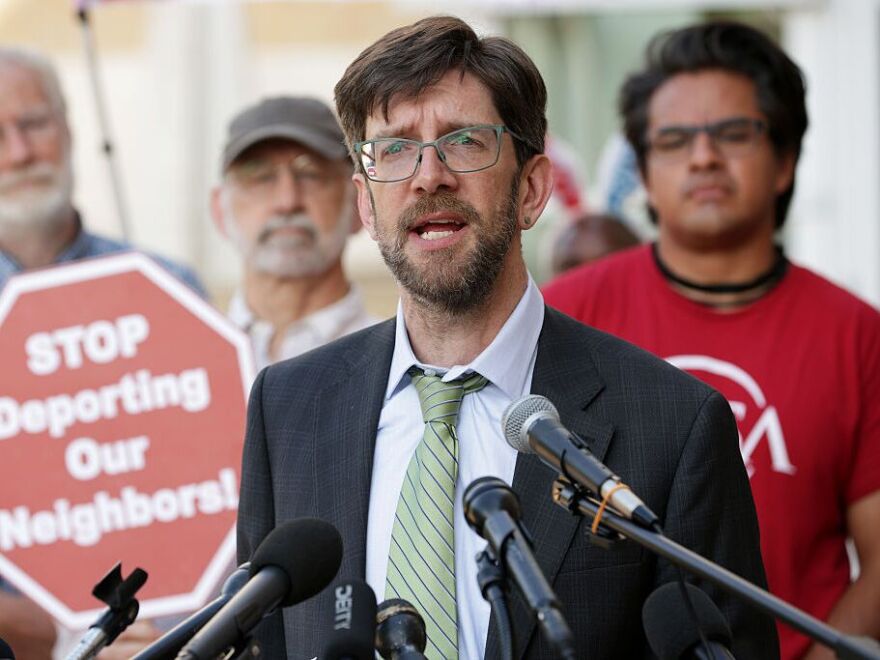The White House has formally submitted a proposal to Congress requesting the rescission of $9.4 billion in previously approved federal spending.
This move aims to solidify cuts initiated by the Department of Government Efficiency (DOGE), an initiative led by Elon Musk during his brief tenure in the Trump administration.
The proposed cuts primarily target foreign aid programs and public broadcasting entities such as NPR and PBS.
Breakdown of Proposed Cuts
The rescission package includes:
- $8.3 billion in reductions to foreign aid, affecting agencies like the U.S. Agency for International Development (USAID) and the State Department.
- $1.1 billion cut from the Corporation for Public Broadcasting, which funds NPR and PBS.
Specific programs identified for cuts include initiatives in Venezuela, Madagascar, and Zambia, which the administration deems as promoting liberal ideologies or being wasteful.
Political Reactions
House Speaker Mike Johnson expressed strong support for the rescission package, stating that it reflects DOGE’s findings and is a tool to restore fiscal responsibility. However, the proposal faces opposition from some Republicans and Democrats.
Senator Susan Collins, chair of the Senate Appropriations Committee, criticized the plan, particularly the proposed cuts to the President’s Emergency Plan for AIDS Relief (PEPFAR), emphasizing the potential negative impacts on global health and public services.
Elon Musk, who recently departed from his advisory role in the administration, has publicly criticized the broader tax and spending plan associated with these cuts, labeling it a “disgusting abomination” that exacerbates the national deficit.
Legal and Procedural Considerations
The rescission process, governed by the 1974 Impoundment Control Act, allows the president to propose the cancellation of funds, but requires Congressional approval within 45 days.
The administration has hinted at the possibility of using “pocket rescissions” or impoundment to withhold funds without Congressional approval, a move that could lead to legal challenges over executive overreach.
Implications and Next Steps
While the proposed cuts represent a small fraction of the federal budget, they signify the administration’s commitment to reducing government spending.
The outcome of this proposal could set a precedent for future budgetary actions and influence the balance of power between the executive and legislative branches regarding fiscal decisions.






